As floods return, Pakistan seeks durable solutions
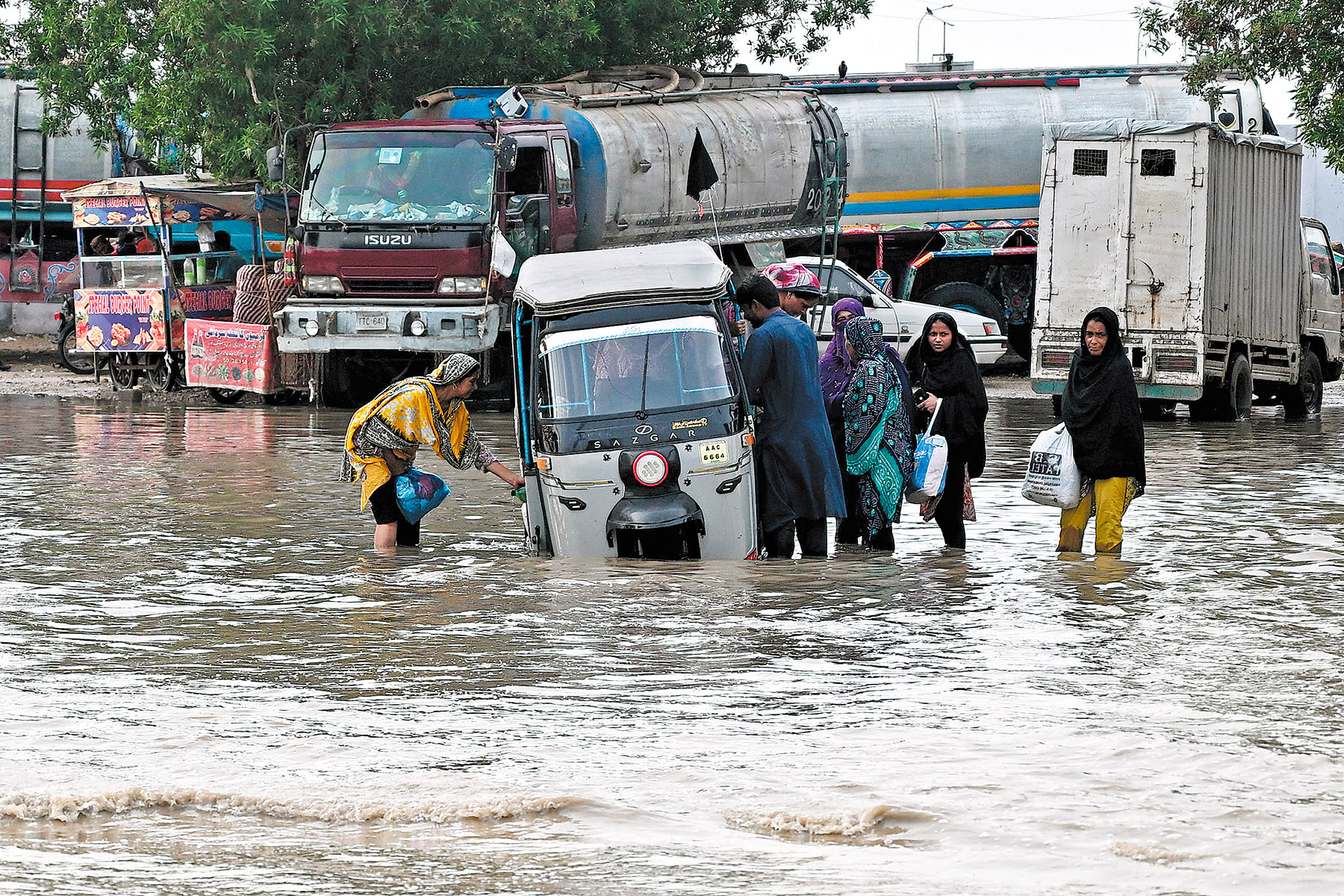
Editor's note: In this weekly feature China Daily gives voice to Asia and its people. The stories presented come mainly from the Asia News Network (ANN), of which China Daily is among its 20 leading titles.
We've seen these headlines before. Hundreds of lives lost, thousands displaced, homes swept away and losses that won't ever be compensated.
Pakistan is once again in the midst of a ruthless monsoon season, which began in late June, and on the radar is the country's mountainous north.
Since the end of June, and throughout July and August, torrential rains and flash floods have battered Pakistan, mostly the regions of Khyber Pakhtunkhwa and Gilgit-Baltistan.
According to the country's National Disaster Management Authority, more than 800 people have died and more than 1,100 have been injured. The authority has also reported the destruction of more than 2,000 houses.
READ MORE: Pakistan resumes rescue operations in flood-hit areas; death toll over 300
Visuals coming out are terrifying; monstrous rivers unleashing their wrath and sweeping along anything in their way.
Each flash flood occurred in just a few hours. Each occurred at a time locals refer to as "flash flood month". And each caused massive levels of deluge.
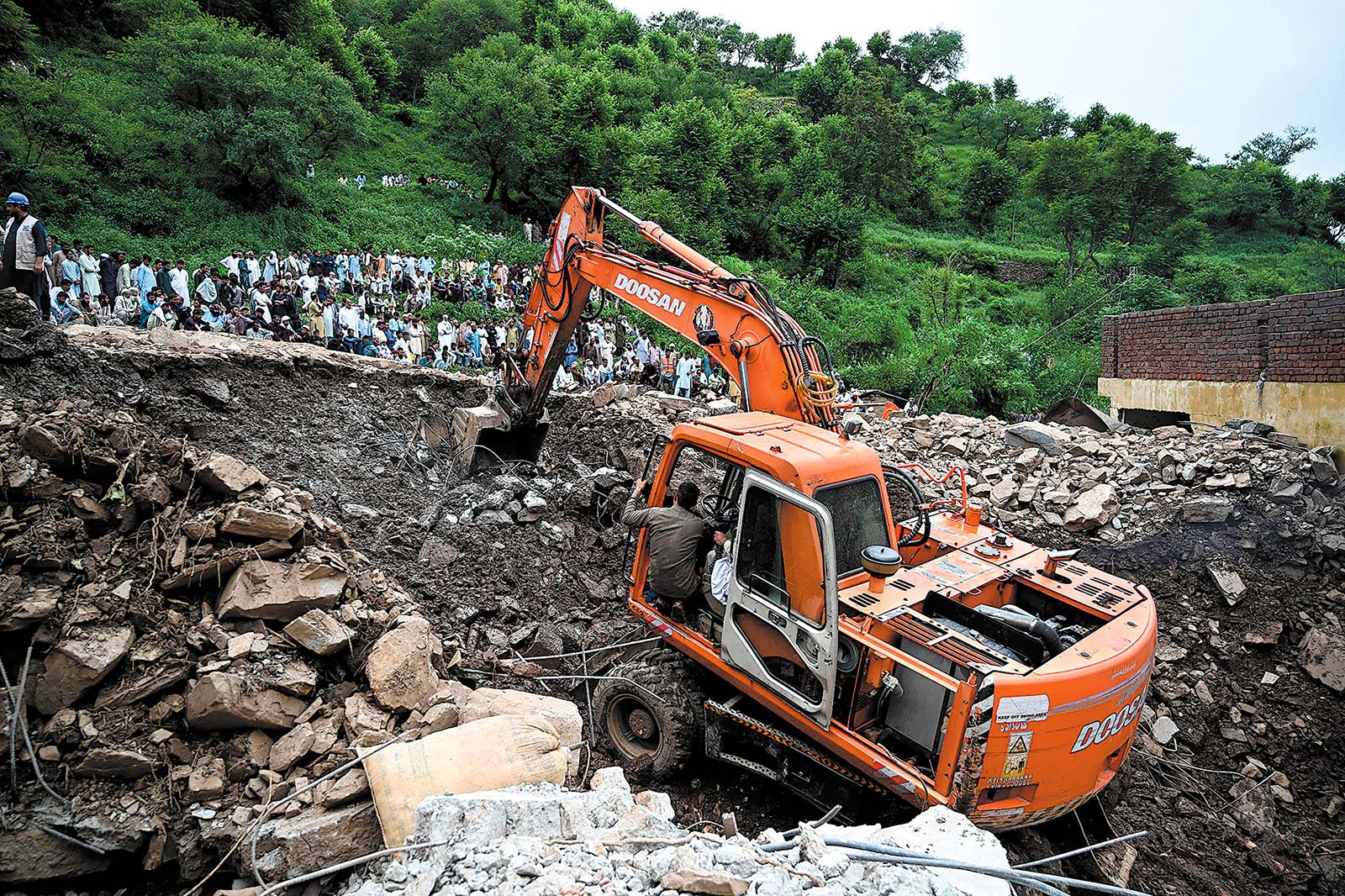
In Pakistan, flash floods have almost become an annual recurrence, starting from June until September. This is primarily because of heavy monsoon rains and rapidly melting glaciers.
"We have seen floods before, but the level of destruction and the precipitancy of the disaster this time around are unprecedented; it was like a doomsday scenario," said a Peshawar-based Dawn reporter who recently covered the on-ground situation.
"Houses were reduced to rubble, shops were filled with 6 to 7 feet mud carried down by the fast-flowing water, and cars were floating," he recounted. Huge areas of millet crop fields were flooded.
The journalist said the plains once crowded with tiny abodes, had been completely washed away. From afar, wooden planks and concrete pieces could be seen floating in water — the remnants of a life that once was.
"No one knows what happened to the residents of these houses," he said.
Everywhere, locals had gathered to search for missing people and their bodies.
"They were digging through the stones, but it was all in vain … how can humans remove elephant-sized boulders?" the reporter observed.
"There was also a sense of bewilderment among them … no one knew exactly what happened. Some said it was thunder rain, others said a part of the mountain had cracked open, yet others said it was a GLOF event … but no one knew what exactly had caused these floods."
GLOF stands for glacial lake outburst flood, which indicates sudden release of water from a lake fed by glacier melt.
Instead, all they knew was that a disaster had struck.
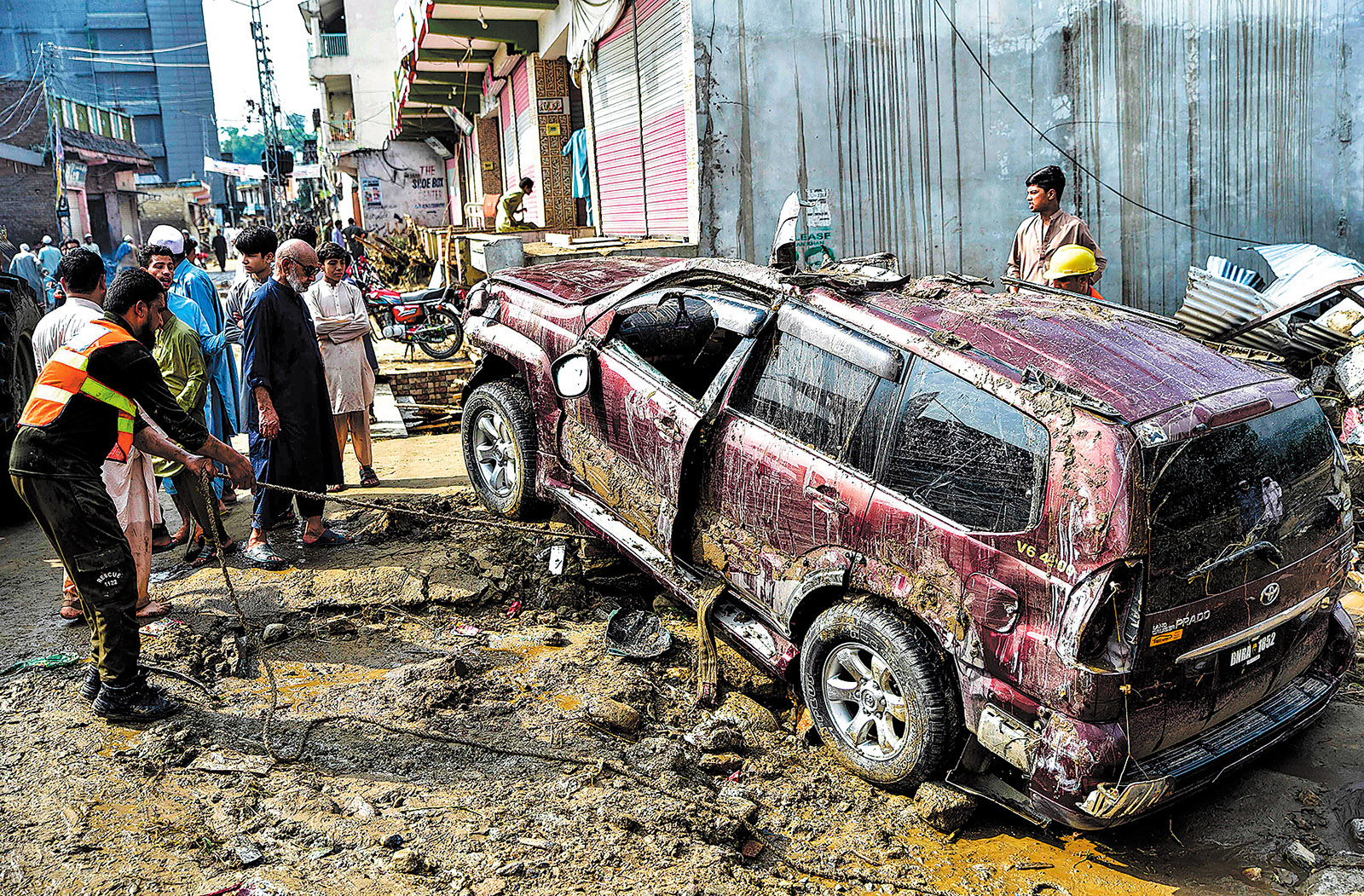
According to the national and provincial disaster management authorities, the flash floods this year were induced by cloudbursts — sudden and heavy downpour of rain, typically localized and of short duration.
Cloudbursts occur due to a range of atmospheric conditions, primarily when warm and moist air or monsoon winds are forced upwards along mountain slopes, causing the air to expand, cool, and condense rapidly, leading to sudden and intense rainfall, explained World Wildlife Fund — Pakistan Director Haider Raza.
Cloudbursts cause downpour that is not just heavy but also intense, and can dump up to 200 millimeters of rain, he said.
Of late, Pakistan has witnessed a rise in cloudburst events, with environmentalists blaming it on climate change. Raza said summer temperatures have spiked in mountainous areas, reaching up to 46 C.This leads to more rainfall as warm air rises and causes condensation, precipitation and changes in snow-melt patterns.
"And the Himalayas, Hindu Kush and Karakoram mountain ranges are particularly susceptible to these weather patterns — the impact of which can be seen in towns and villages on or near these mountains," he said.
For example, Gilgit-Baltistan saw one of its worst flooding events this year, with eight out of 10 villages in the region inundated with floods. Buner, which does not have any rivers flowing through, witnessed a similar situation, with the rains causing unprecedented damage this year.
"Floods are not uncommon, but their frequency and intensity have now increased … climate events that were to take place every 50 to 70 years are now occurring within just a decade or less," Raza warned.
Similarly, rainfall patterns have also changed. Normally, monsoon rains in northern areas begin from mid-July and stay until mid-August. But these periods have changed now. Now winter rains extend into spring while the monsoon season continues till September.
"Normally, rainy days are distributed across the year … in some places they last for 50 days, in others they can go up to 100 days," said Muhammad Rafiq, a climate finance and sustainable development expert who has worked with the United Nations Development Programme and WWF. "But now, we see more rainfall in shorter periods, which is difficult to manage."
These factors, however, are "uncontrollable" because of their unpredictability, Rafiq said. You cannot really do anything about it besides prepare for the worst. But underneath these fatal climate events are also factors that are controllable and in human hands: deforestation and land use.
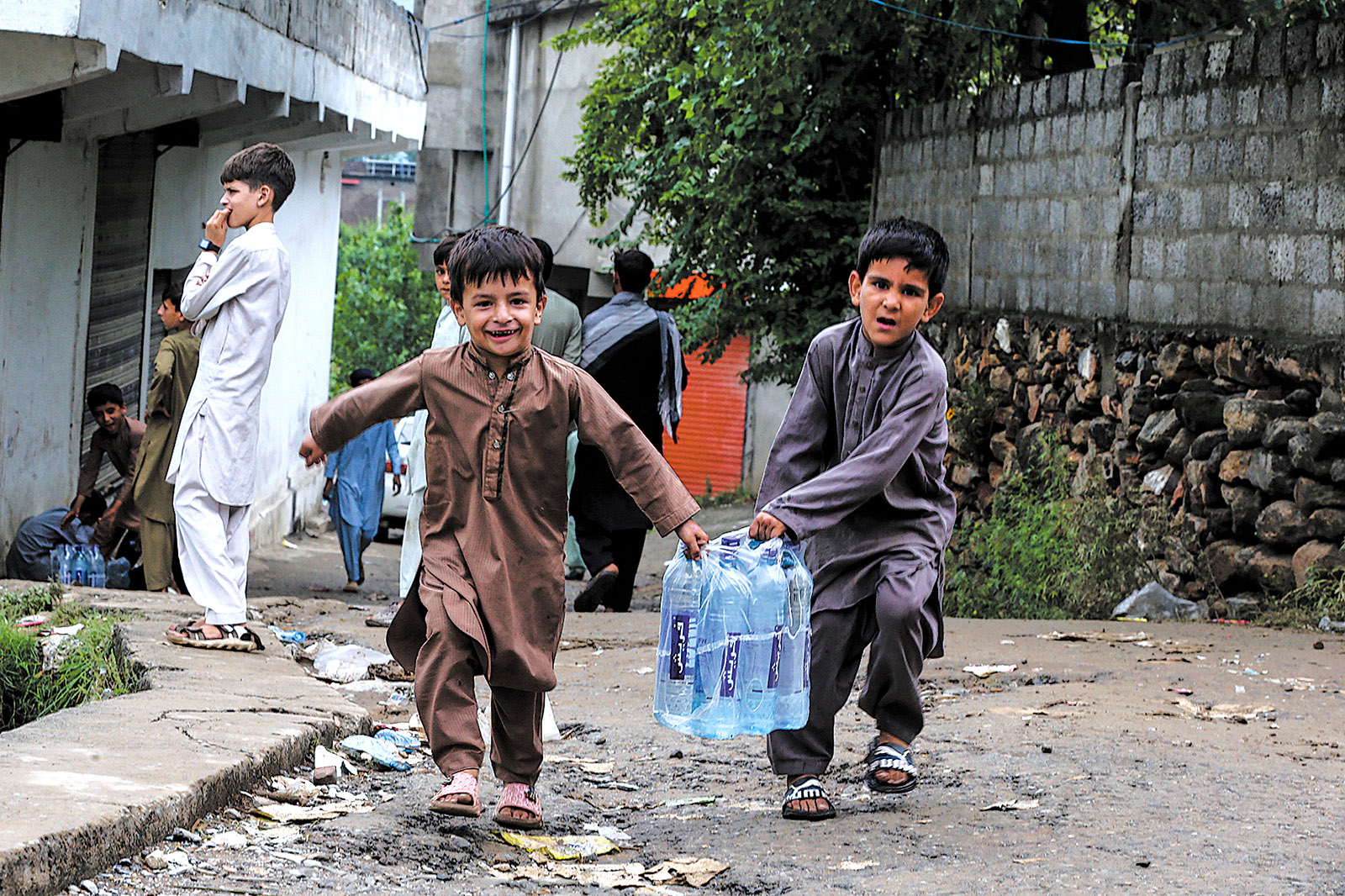
Controllable factors
Environmentalists agree deforestation is one of the glaring reasons behind climate change-triggered calamities in the north. According to the Pakistan Forest Institute, the country is forest-poor with only 4.72 million hectares with the per capita forest area of 0.033 hectare, considerably less than the global average of 1 hectare.
Tariq Ali Shah, a forest expert who works closely with the Khyber Pakhtunkhwa government, said the province has been losing forests at a rate of about 1.5 percent annually, which is equivalent to 8,000 hectares per year — almost the size of Pakistan's capital Islamabad's city area — between 2000 and 2023.
"This rapid loss of trees uphill has set the stage for nature's current anger," Shah said.
When deforestation occurs, land is exposed to sunlight, and the influence of forests on runoff is dramatically reduced, resulting in floods both in rivers and on land.
Forests also have a deeper link with the incidence of glacial lake outburst floods, as they are perpetually ensuring that the glaciers in Pakistan stay cool. Without them, they would melt at a much faster rate, which they already are.
Also, fast-flowing rivers are gulping down multistory houses, hotels and roadside resorts. Officials and conservationists alike say the effect is the same: narrowing rivers and forcing water to swell with greater ferocity during heavy rains.
At the heart of the problem is unplanned construction up north. In the last decade, the region has witnessed a rampant rise in hotels and guesthouses built right on riverbanks to lure tourists. According to experts, this unchecked expansion is not just degrading fragile mountain ecosystems but also choking the waterways.
"This construction around the river is a hindrance to its natural flow," said WWF's Raza. "During the construction, they have one aim: the views. But what they forget is that the river never forgets, and it comes back to take revenge."
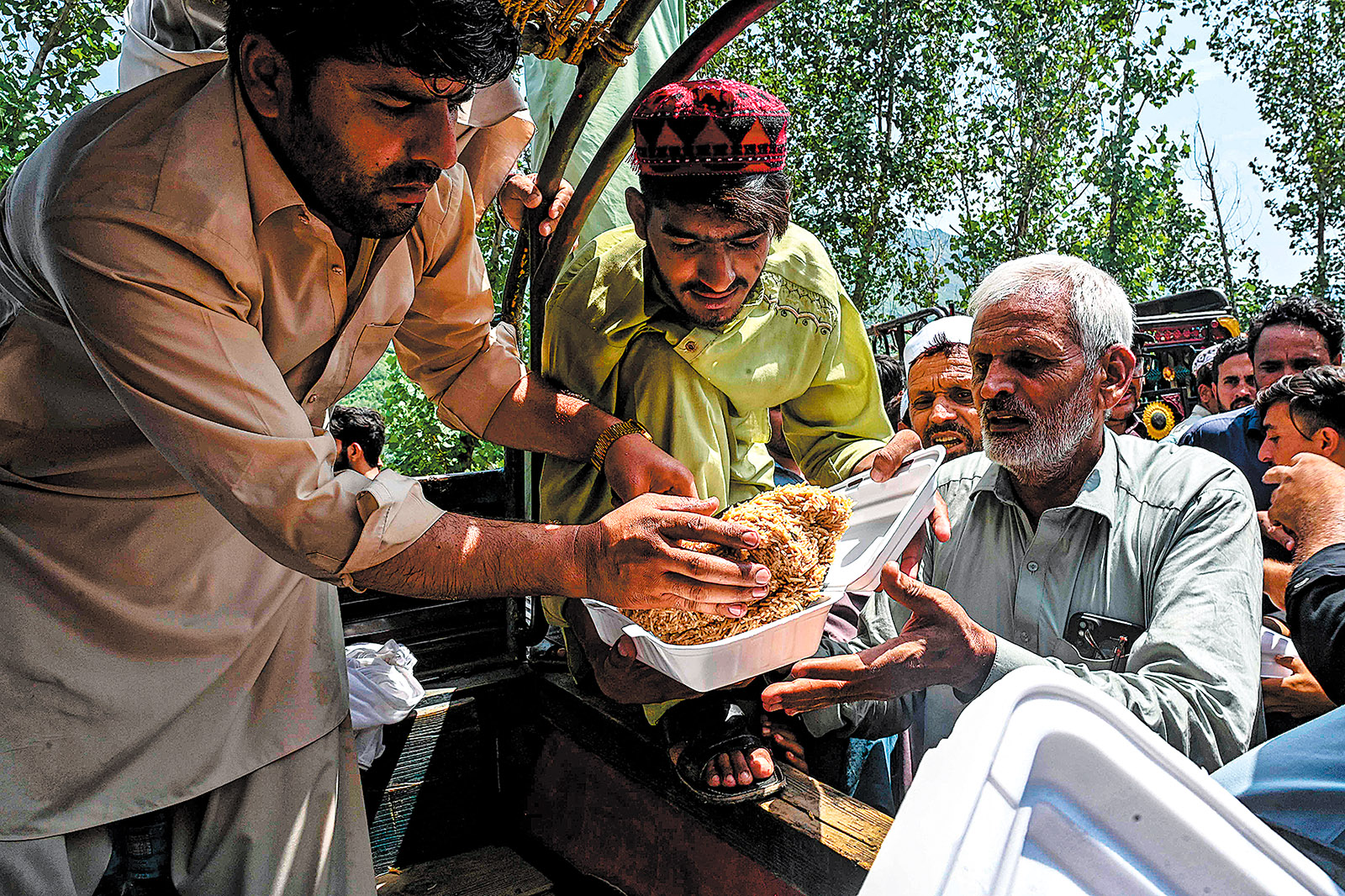
In 2022, nearly 30 illegally built hotels along the Swat River were swept away, and another 50 were damaged when floodwaters tore through Bahrain and Kalam.
A recent provincial probe found encroachments spread over more than 1,800 kanals (91 hectares) of riverine land in Khyber Pakhtunkhwa, with 127 illegal buildings sealed and hundreds of structures demolished to clear waterways. In Swat alone, authorities reported removing dozens of obstructions from the flood plain.
Beyond the statistics and studies, it is the lived reality of locals that tells the truest story of these disasters. Nowhere is this cycle of devastation more evident than in Buner, where residents like Muhibur Rasheed are living through its worst consequences.
He described the disaster as "the biggest and worst calamity" in the history of the district. Rasheed shared that more than half of the district's main marketplace had been submerged, resulting in losses worth billions of rupees. Entire villages were "gulped down by the floods", leaving devastation in their wake.
"In every household, four to five people were swept away in the flash floods," Rasheed recounted on a phone call with Dawn.com, his voice heavy with grief. "There are some families that have been completely wiped out. In one village, a funeral for 40 members of a single family was offered collectively.
"There is a shortage of medicines, food, and other essentials, but the roads are blocked, and there are no mobile phone signals," he added.


